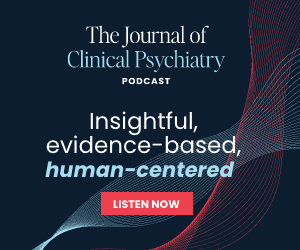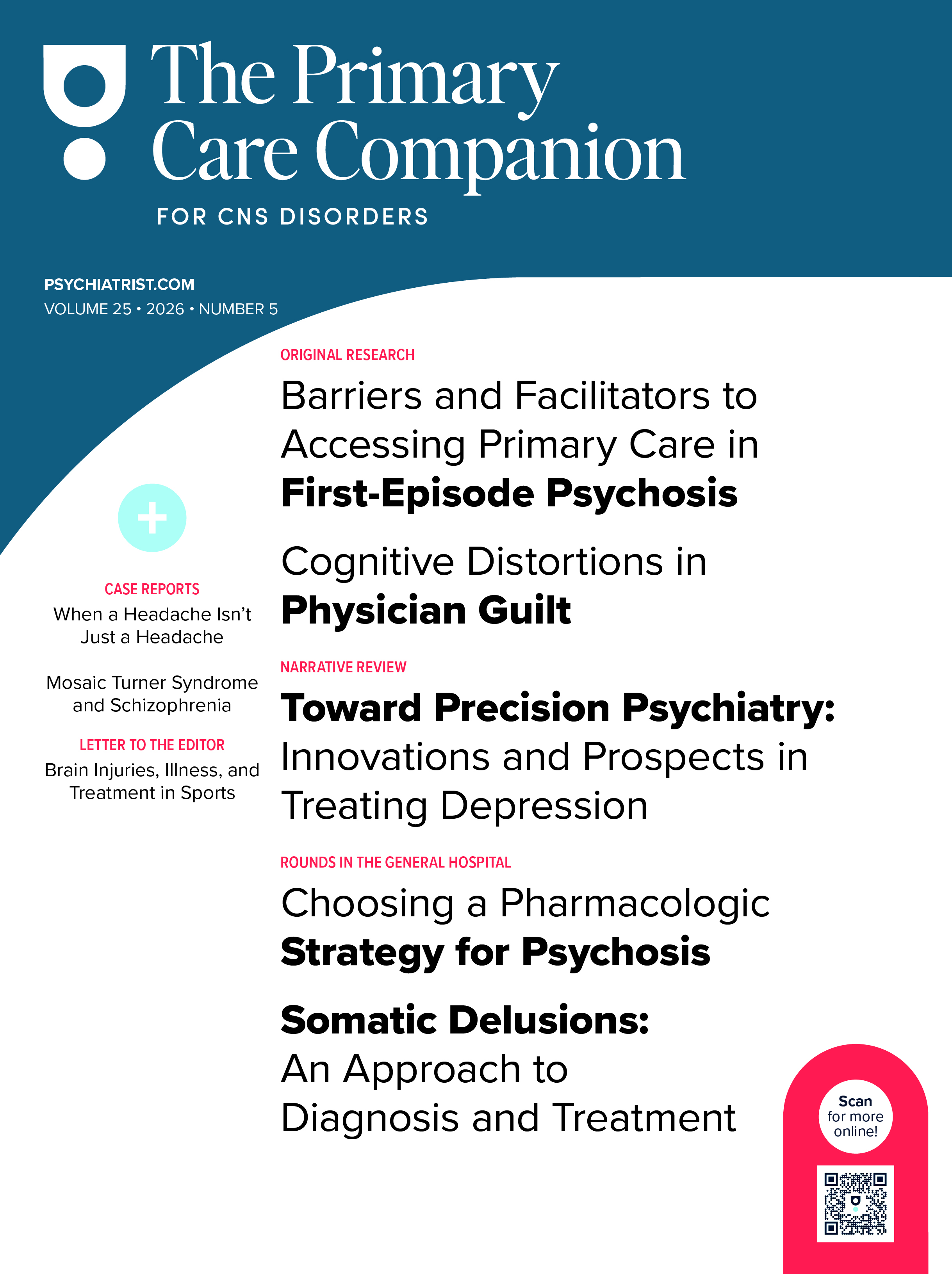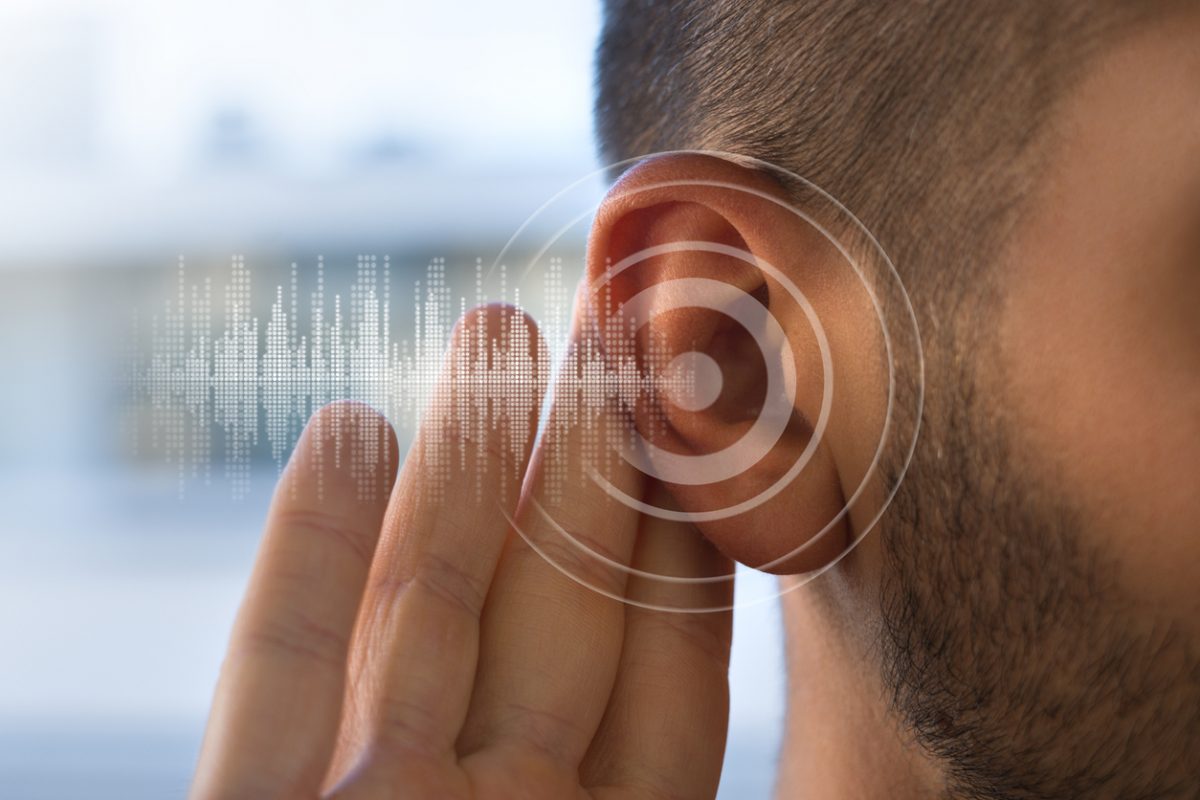See article by Kaur et al and reply letter by Kaur et al
To the Editor: We read with interest the article by Kaur and colleagues1 discussing the knowledge of internists and neurologists regarding the identification and management of catatonia. Indeed, the prevalence of catatonia in acute medical and psychiatric inpatient settings is high, identification is poor and often delayed, and the differential diagnosis is quite broad.2 Early recognition is of paramount importance given the high mortality rate associated with delayed diagnosis.2,3 However, in addition to early and accurate diagnosis, effective early treatment is essential. Thus, while knowledge of benzodiazepines as a “first-line” intervention was assessed, we were surprised that there was no mention of electroconvulsive therapy (ECT), especially in situations where benzodiazepines may be contraindicated or inappropriate, response to pharmacotherapy is not sustained, or conditions are life-threatening. In the absence of prospective comparator intervention trials, we think that knowledge of all viable treatment options for catatonia is more essential for the clinician, irrespective of discipline, rather than an arbitrary ordering of treatments. Although response to benzodiazepines is useful in supporting the diagnosis and sometimes terminating the catatonic state regardless of etiology, more often a definitive treatment is needed. Though used or recommended as a first-line treatment, no benzodiazepine, in fact, has US Food and Drug Administration (FDA) approval for use in catatonia. In contrast, in 2018, during a device reclassification review, the FDA recognized catatonia, among other disorders, as an approved “on-label” indication for ECT.4 Numerous reports and recent reviews identify ECT as a definitive, lifesaving, and reliable intervention for catatonia, especially when benzodiazepines have failed.5–7 Potential predictors of ECT response have been identified, and some evidence suggests that ECT can be considered a first-line treatment in certain cases.6–8 Consequently, we think internists, neurologists, and even psychiatrists should know about the early role and benefit of ECT in catatonia treatment.
Lastly, although the authors cite a previous survey instrument used by Cooper and Roig Llesuy9 as providing consistency in finding that psychiatry residents scored better than internal medicine residents on catatonia knowledge, Kaur et al1 do not provide an actual copy of their new survey, nor information about its validity, making direct comparison impossible. Thus, we caution that future researchers may need to modify the Catatonia Experience, Impressions, and Applications questionnaire to ensure capture of all available treatment options.
Article Information
Published Online: September 11, 2025. https://doi.org/10.4088/PCC.25lr04006
© 2025 Physicians Postgraduate Press, Inc.
Prim Care Companion CNS Disord 2025;27(4):25lr04006
To Cite: Espinoza RT, Kellner CH. Knowledge of electroconvulsive therapy for treatment of catatonia. Prim Care Companion CNS Disord 2025;27(4):25lr04006.
Author Affiliations: Garvey Institute Center for Neuromodulation, University of Washington School of Medicine, Seattle, Washington (Espinoza); Medical University of South Carolina, Charleston, South Carolina (Kellner)
Corresponding Author: Randall T. Espinoza, MD, MPH, Garvey Institute Center for Neuromodulation, University of Washington School of Medicine, 1550 N 115th St, D-3015, Seattle, WA 98133 ([email protected]).
Relevant Financial Relationships: Dr Espinoza receives stipend support from Wolters Kluwer for Editor-in-Chief, Journal of ECT and Related Therapies and consulting fees from ICA Health Technology Assessment and received grant support from 5R01MH128690-02 Deciphering Mechanisms of ECT Outcomes and Adverse Effects (DECODE). Dr Kellner reports fees from UpToDate, Inc for a chapter on ECT, royalties from Cambridge University Press for Handbook of ECT, and fees from Northwell Health for an ECT education course.
Funding/Support: Dr Espinoza is supported in part by the Garvey Endowed Professorship in Brain Health and Technology for research and education in neuromodulation. Dr Kellner received no funding support.
References (9)

- Kaur J, Maeng DD, Wortzel JR, et al. What internists and neurologists know and think about catatonia. Prim Care Companion CNS Disord. 2025;27(2):24m03853. PubMed CrossRef
- Hirjak D, Rogers JP, Wolf RC, et al. Catatonia. Nat Rev Dis Primers. 2024;10(1):49. PubMed CrossRef
- Connell J, Oldham M, Pandharipande P, et al. Malignant catatonia: a review for the intensivist. J Intensive Care Med. 2023;38(2):137–150. PubMed CrossRef
- Espinoza RT, Kellner CH. Electroconvulsive therapy. N Engl J Med. 2022;386(7):667–672. PubMed CrossRef
- Raveendranathan D, Narayanaswamy JC, Reddi SV. Response rate of catatonia to electroconvulsive therapy and its clinical correlates. Eur Arch Psychiatry Clin Neurosci. 2012;262(5):425–430. PubMed CrossRef
- Fink M, Kellner CH, McCall WV. Optimizing ECT technique in treating catatonia. J ECT. 2016;32(3):149–150. PubMed CrossRef
- Lloyd JR, Silverman ER, Kugler JL, et al. Electroconvulsive therapy for patients with catatonia: current perspectives. Neuropsychiatr Dis Treat. 2020;16:2191–2208. PubMed CrossRef
- Hatta K, Miyakawa K, Ota T, et al. Maximal response to electroconvulsive therapy for the treatment of catatonic symptoms. J ECT. 2007;23(4):233–235. PubMed CrossRef
- Cooper JJ, Roig Llesuy J. Catatonia education: needs assessment and brief online intervention. Acad Psychiatry. 2017;41(3):360–363. PubMed CrossRef
Please sign in or purchase this PDF for $40.





